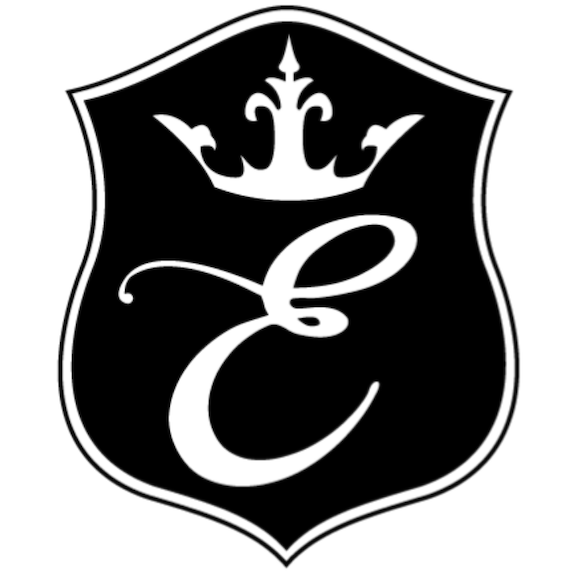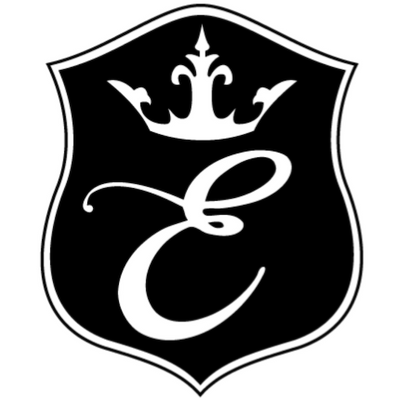15 EQUESTRIAN FUN FACTS
15 Equestrian and Horse Facts You Didn’t Know

Since you are reading this blog post, you are most likely an equestrian or a true horse lover! You might already know that the equestrian world and our beloved horses are full of surprises. There is always something new to learn and some of this new information can be quite astonishing. If you are a curious equestrian or a horse lover who loves to explore the interesting side of horses, here we have 15 fun facts for you!

1. The first fact is about the marvelous Arabian horses. The breed is the foundation of many modern sport horse breeds of our day, but did you know that the Arabian horse has 1 fewer vertebrae than the other horse breeds? It is surprising, right? Arabian horses have 1 fewer vertebrae, hence 1 fewer rib. Yet, they are still stunning!

2. You may have seen horses that lift their nostrils and look like they were laughing at something. When horses lift their lips and nose naturally, they are actually sniffing the air around them and trying to understand if it is a good or bad smell. This technique of horses is known as “flehmen”. You can still teach your horse how to do it on command and have fun!

3. If you have owned a horse for a while, you have probably had to check his pulse but, did you know that a horse’s breathing rhythm can be as low as 4/minute? When a horse is standing still and just resting, the breathing can be 4 breaths per minute. If you are new around horses and need to count your horse’s breath, don’t worry! He will start breathing faster once he is back to work.

4. Any wild horse fans out there? This fact is for you! The only true “wild” horse in the world is the Przewalski breed of Mongolia. The most important proof of this is that the Przewalski still has stripes on their legs and back that they inherited from true wild ancestors. Other wild horses and mustangs? Well, they are scientifically “feral” horses whose ancestors were domestic breeds long ago.
5. Speaking of Przewalski and Mongolia, the horse population in Mongolia is actually more than the human population! There are approximately more than 3 million wild horses in this country. However, the human population is barely 3 million now. It sounds like a dream, doesn’t it?

6. Another anatomy fact! A horse has 10 muscles in each ear that allow the ears to rotate 180 degrees. To understand where a horse is looking, you can look in the direction where the ears are turned. If the ears are turned in different directions, then the horse is most likely looking at two different points at the same time. When it comes to getting your horse’s ears pointing forward for a picture, well, that will always be a struggle for us equestrians.

7. After scientists found how to clone a sheep, they tried the same method on a group of different animals. A mare was in this group, of course. She contributed to science by getting cloned. Her name was Prometea and she was a lovely Haflinger mare from Italy!
8. Let’s get into some equestrian facts! Did you know there were more athletes than spectators during the equestrian games at the 1900 Paris Olympics? Clearly, our sport was not this popular in the past, especially not in Paris!

9. During the early stages of dressage becoming a real Olympic game, things weren’t only about certain dressage figures on a flat ground… At the 1910 Olympics in Stockholm, there were 4 jumps on the dressage ring with the highest obstacle being 1.10 meters! If you are a dressage rider, you might take a deep breath and feel thankful for not having to jump in your tests.

10. Since we mentioned dressage, let us give you another fact about the sport. Today’s dressage, which we adore, has its roots in times BC! Back in the time, horses were trained to perform numerous figures that could be useful in the war. Yep, leg yielding our way through the battlefield!

11. At the 1976 Olympic Games in Canada, there was a princess on horseback. No, seriously! Princess Anne of the United Kingdom was an athlete competing as a member of the British Equestrian Team. She competed in three-day eventing with her horse Goodwill. She definitely lived the dream of every equestrian girl!

12. We know puissance as a sub-brach of show jumping where the jumps get higher and higher. At first, the obstacles at puissance competitions were formed of one pole. As the pole got higher, most of the horses tried to run under it instead of jumping over it. That is why puissance obstacles look like walls today. Though, we all wish there were better cameras to take pictures when horses attempted to run under the jump!

13. The next fact is about cinematography! Horses did not only carry humans from battlefields to modern civilizations, but they also inspired some amazing inventions. In 1872, Leland Stanford made a bet that at some point in the gallop, all four of a horse’s legs are off the ground at the same time. He hired Eadweard Muybridge to prove himself right by using a series of 24 cameras and photographing his racehorse Sallie Gardner. Now, we all know who won the bet with the cinematography born!

14. Have you ever wondered who came up with the idea of trailering horses for long-distance travels? That was Lord George Bentinck from the UK. He owned 6 racehorses and he sure needed a practical way of taking them to race tracks in different locations.
15. Last but not least, Australian eventer Bill Roycroft broke his neck on the cross country track at the 1960 Olympics in Rome. Guess what craziness he did! He got out of the hospital the next day to get back in the saddle and helped his team win the gold medal! DISCLAIMER: Do not try this!

Enjoying our blog? Remember to visit our showroom, too!
TAKE ME TO THE STORE














Leave a comment